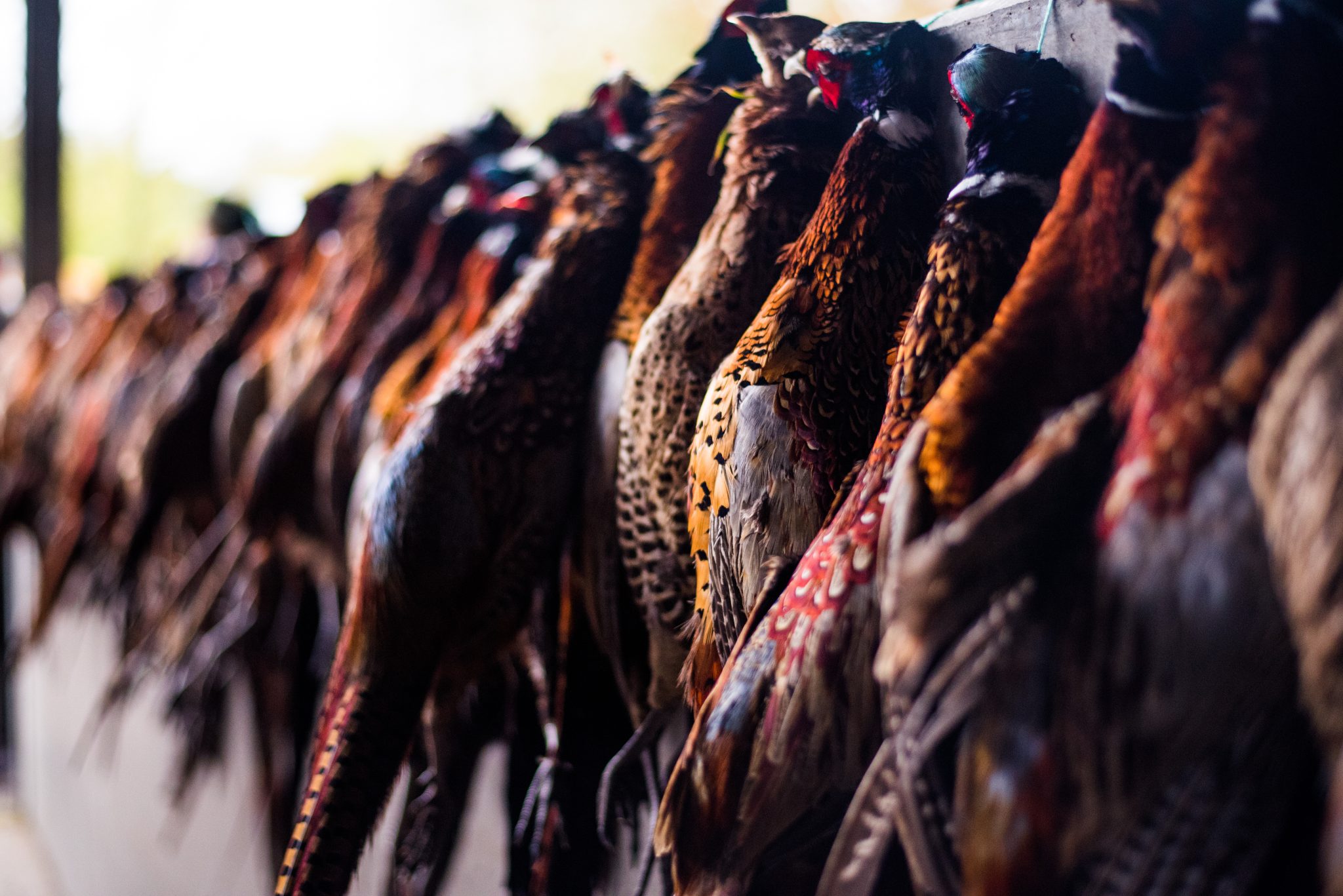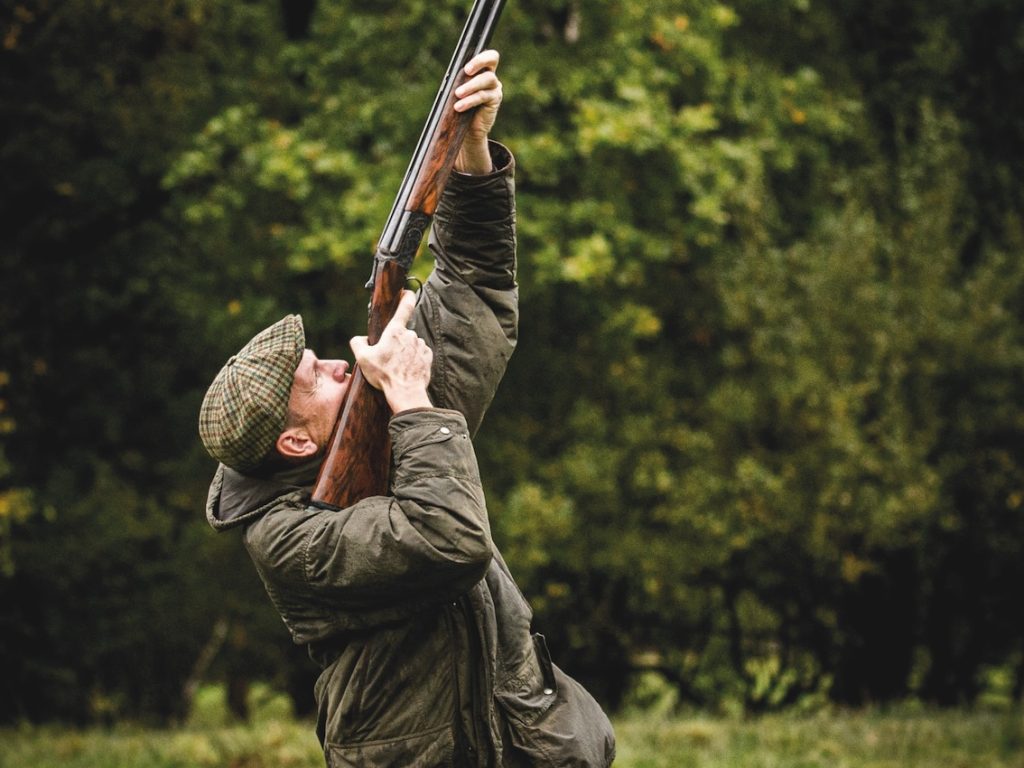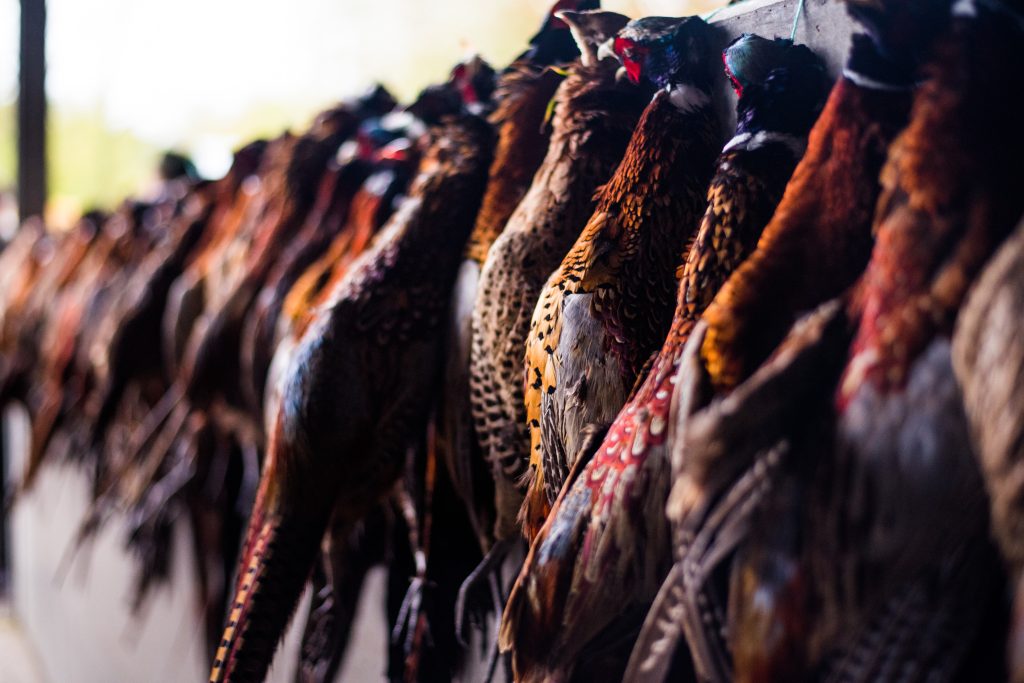Win CENS ProFlex DX5 earplugs worth £1,149 – enter here
Game shooting at Ripley Castle, North Yorkshire
Game shooting at Ripley Castle, North Yorkshire: A game shooting feature from the October 2010 issue of Shooting Gazette.
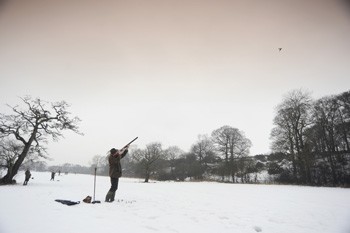
Game shooting at Ripley Castle, North Yorkshire.
Frank Boddy is one of the most organised shoot captains you will ever meet, and speaks only the truth, whether you want to hear it or not.
A typical Yorkshireman, you might say, but minus the hubris some in shooting possess, something Frank loathes as much as big bags. He is proud of where he comes from though, very proud.
Introducing the shoot’s 56-page brochure, Frank wrote: “I was very fortunate to have been born in North Yorkshire, which I believe is the finest county in England, particularly for countryside pursuits.”
While sportsmen around the British Isles will argue otherwise, the statement illustrates the energy this Boroughbridge hardwood importer has invested into his patch of ‘God’s Own County’ ever since he and three friends took over the running of the Nidd beat of the Mountgarret estate, back in 1995.
It was only supposed to be a small affair amongst friends, but they were having such a good time Frank seized on the opportunity to obtain the shooting rights to the Ripley Castle estate when they came available three years later.
Subsequent lease acquisitions now see him control 14,000 acres of sport on land comprising the Ripley Castle, Hob Green and Cayton estates, the Nidd beat of the Mountgarret estate, the Eagle Hall & Ashfold side shoot and the Hardcastle and Heathfield moors.
It’s not bad for a 15-year-old hobby, but Frank didn’t go into the shooting world blind.
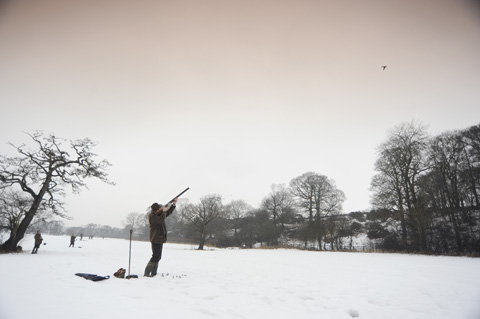
He caught his first trout at the age of seven and shot his first pheasant four years later.
Helping out on the local shoot during the school holidays nurtured the strong work ethic he abides by to this today, and he runs a tight ship.
The brochure Frank sends out ahead of every season covers everything from the policy on overages and past season’s cartridge-to-kill ratios to the strain of pheasants reared and addresses of local hotels and gunsmiths.
A T-card system is even in operation on the shoot office wall, detailing which shoot party is shooting what drives and bag on any given shoot day.
This precision approach to shoot management is an extension of the way Frank runs his hardwood importing company, as he explained.
“I’ve always put out comprehensive literature for our customers. Shooting, like hardwoods, is a specialised subject, so in order to get everything across to a potential shooting guest things have to be put in writing. I want to attract individuals, and they’ll have a number of things on their mind when looking into buying a day. They will turn up not knowing what to expect; are they going to be shooting with a load of poachers or ladies and gentlemen? Some people want to be ‘big shots’ and others want to be gentlemen. I want to shoot with gentlemen, and now increasingly ladies.
“This is why I go into so much detail, so people know that although they are individuals they are just as welcome as the two or three friends who’ve booked to shoot on the same day. The same goes for when the guns meet. I prefer for everyone to take breakfast together rather than get a cup of coffee thrust into their hands in a farmyard and then hustled into a car never to speak to anyone.”
While The Ripley Castle Shoot is a hobby rather than a business in the eyes of its captain, Frank still relies on the expertise of eight full-time keepers and a handful of retired old boys who come and help when they can. With its farmland, moorland and valleys, the quarry and Yorkshire’s microclimates, there are so many things that could go wrong, but Frank is no tyrant.
“I let both headkeepers get on with things,” he said. “They are very capable and don’t need me in a lot of ways, but I can remind them of a few things that might be helpful. My usual phone call to them consists of “what can I do for you today?”. If the answer is nothing then that’s fine, for me it’s a good day.”
The Ripley Castle Shoot is a members’ and keepers’ shoot, with days sold by the gun, per day, where bags range from 100-350, and around 20 per cent of shoot days are sold to corporate teams.
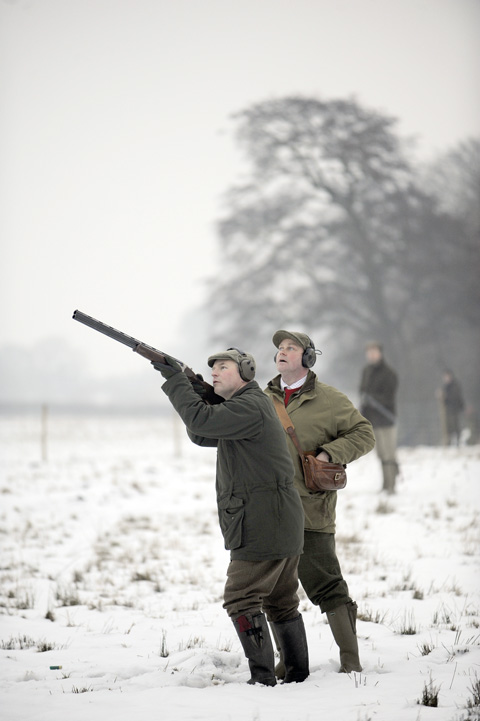
Drives are rested for between two and four weeks to keep them fresh – birds are spread around the shoot – and Frank is confident enough in his own team’s ability to suggest guns take more than the one day’s shooting a season.
“A drive will be different from October to November and from December to January. I try to get over to people that with us it’s like you’re shooting in a syndicate, where you would enjoy six to 10 days a season anyway. I don’t want to be overpowering and say “you have to take 10 days”, you can take however many you like. But if the birds are stronger because the drives have been rested then hopefully guns will be even happier on their return visits. If they are then everyone wins. For me, to really enjoy a shoot you need to experience its variety.”
Variety is Frank Boddy’s watchword. Without it, any part of the shoot day is nothing.
He is not so strict as to deny anyone the chance to enjoy the sport either; intermediate shots and increasingly ladies are welcome, as are professionally-supervised novices.
When headkeepers George Reap and David Cockshott run the keepers’ days they are kept on a long lead.
There are things Frank insists on, though, and behaviour he won’t stand for, namely poaching or low shooting. This goes a long way to explain his policy of selling days by the gun, per day, which he explained thus:
“A team of eight or nine guns come along. The team has a leader. The person running the day (the shoot captain) is not necessarily in charge of the team, except for gun safety on which there can be no compromise. So if there are guns shooting indiscriminately, is it for me, as the person running the shoot, to say “behave yourselves”, or is it the responsibility of the team leader who has brought the team along and is paying for the day?
“It’s for this reason I decided to charge overages on any corporate days. I abhor overages and do not charge these on any of my other members or keepers’ days catering for individual guns. On these days we aim to shoot around 10 per cent over the target bag.”
The infamous cold front draped across the United Kingdom for most of last winter caused havoc when I met Frank a few weeks before the season’s end.
The original plan had been to join guns at the Sportsman’s Arms at Wath-in-Nidderdale before heading up onto the hills of the Eagle Hall & Ashfield shoot, but with some roads completely impassable, Frank was forced to cancel the day.
Despite the setback, Frank suggested we piggy-back over to the gentle terrain of the Nidd beat where a team made up of locals and visitors from the Isle of Man were half-way through a keepers’ day, under the guidance of Ripley Castle headkeeper David Cockshott.
The timing couldn’t have been better, as guns, beaters and pickers-up were returning to a queue of 4x4s parked on a disused railway junction as we arrived.
After a brief chat and nip of sloe gin, the party made its way down to the Viaduct Wood drive, a plain so long and featureless you’d think it took up the shoot’s entire acreage all on its own.
Save for a lengthy wooded mound to our left and odd lonely tree it was as though we were standing on a blank canvas.
There was no wind and the beater’s voices in the wood were so clear they could have been standing alongside us.
The left-most side of the line, broadly spread out and facing the wooden mound saw most of the early shooting.
Beaters on the left and right flanks managed to maintain a steady pace on the muddy slope, the aim to meet in the centre while spaniels furiously nosed the ground in between.
Felled birds plugged into the snow like golf balls in a wet bunker, making the pickers-ups’ jobs a lot easier than usual.
Later, while the shoot party wolfed down sandwiches and Frank’s special brew of bullshot in the shoot yard cabin, he showed me a yard housing rearing
fields, a stylish shoot bar, a keeper’s cottage and Frank’s office, complete with desk, files and the T-card system on the wall.
With the skies darkening and the temperature dropping a degree or two, guns left the warmth of the yard for pegs on Yamer Head, one of the smaller main drives on the Nidd beat.
Guns lined up around 150 metres back from a sloping game cover guarded by a thin band of trees.
Yamer Head was a chance to show the guns the kind of birds Ripley Castle Shoot as a whole is capable of producing.
The game cover appears further away than it actually is thanks to its position on rising ground, and this works in the guns’ favour since the birds are at their most sporting just as they come into range of the pegs.
The day ended on Birch Wood, a series of small fields where guns stood alongside sheep underneath electricity cables running alongside a spinney at the drive’s edge.
It was just as much a challenge for the birds as it was for the guns, both having to negotiate the buzzing cables.
Back at the yard, light snow began to fall from black clouds as guns were cleaned and oven-ready braces were bagged up.
Anyone worried about adverse conditions threatening their journey home need not have worried.
Frank had probably thought of a back-up plan while they were still asleep. He really is that organised.
For more information about the shoot email info@ripleycastleshoot.co.uk
Related Articles
Get the latest news delivered direct to your door
Subscribe to Shooting Times & Country
Discover the ultimate companion for field sports enthusiasts with Shooting Times & Country Magazine, the UK’s leading weekly publication that has been at the forefront of shooting culture since 1882. Subscribers gain access to expert tips, comprehensive gear reviews, seasonal advice and a vibrant community of like-minded shooters.
Save on shop price when you subscribe with weekly issues featuring in-depth articles on gundog training, exclusive member offers and access to the digital back issue library. A Shooting Times & Country subscription is more than a magazine, don’t just read about the countryside; immerse yourself in its most authoritative and engaging publication.





